July 31, 2019 | Deborah Kotz
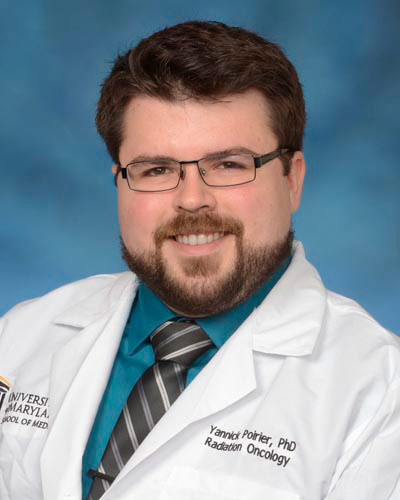
UMSOM Researchers Find the Vast Majority of Radiation Oncology Studies Lack Proper Reporting of Methodology.
Nearly 80 percent of radiation oncology studies funded by the National Institutes of Health involve investigating the effects that radiation has on tumor cells and healthy tissue in pre-clinical settings, such as experiments done in cell cultures or mice. A majority of these radiation biology studies, however, have serious flaws in how their irradiation methodology is described, which makes them very difficult to replicate, according to a new finding from the University of Maryland School of Medicine (UMSOM).
Important details in the irradiation protocol and the experimental setup are routinely not included in most of these journal articles, which could lead to dose variations or other errors when other researchers try to repeat the experiments in their own laboratories.
“Glaring omissions or errors in the methodology sections of radiation biology journal articles make the studies very difficult to reproduce, interpret, and compare with other research,” said study principal investigator Yannick Poirier, PhD, Assistant Professor in the Department of Radiation Oncology at UMSOM.
In the new study published this month in the International Journal of Radiation Oncology Biology and Physics, Dr. Poirier and his colleagues from UMSOM and the University of Washington, Seattle, reviewed 1,758 peer-reviewed studies from 469 journals that were used in pre-clinical studies to evaluate the effects of radiation therapy to treat malignant tumors and other conditions. Specifically, they examined the journal article’s “methods” section that described the radiation protocol used.
The researchers found that the source of radiation used in the study (such as low vs high energy X-rays or gamma rays) was unclear or ambiguous in nearly 14 percent of the studies they reviewed. They also found that only 1 percent of studies listed the protocol the researchers used to calibrate the machines, and only 16 percent named the equipment used to measure the absorbed radiation dose.
Several publications were found to contain outright errors where a quantity of radiation dose was misreported. In a few cases, researchers found descriptions of “unachievable” experiments including irradiation produced by a linear accelerator at energy levels that would have been impossible for the named device to produce.

The UMSOM researchers stipulate that their findings are limited to the physics and irradiation aspects of these radiation biology studies. The quality of the science, hypotheses, or non-physics aspects of the experimental design were not reviewed by the UMSOM researchers.
“This inability to reproduce scientific findings could profoundly impact the translation of preclinical research results into clinical practice,” said E. Albert Reece, MD, PhD, MBA, Executive Vice President for Medical Affairs, UM Baltimore, and the John Z. and Akiko K. Bowers Distinguished Professor and Dean, University of Maryland School of Medicine. “The UMSOM researchers highlight a crucial issue that should be addressed by the radiation oncology research community.”
The failure to report or reproduce radiation absorbed dose in radiation biology journal articles is likely due to a lack of consultation between the radiation biologists performing the study and radiation physicists who have the expertise to design, document and validate the radiation delivery protocol, according to the UMSOM researchers.
“We are raising awareness of this issue because the problem can be fixed by involving more properly trained physicists in these studies,” said Dr. Poirier. “That is because radiation delivery follows well-understood radiation physics principles that lend themselves to high accuracy, precision, and reproducibility.”
Efforts are already underway to address the problem: NIH’s National Cancer Institute and National Institute on Allergy and Infectious Diseases recently formed a program to standardize and monitor the radiation dosimetry delivery among the entirety of their preclinical research program funded by the radiation countermeasures program. The American Association of Physicists also established a task force last year to create guidelines for accurate dosimetry in radiobiology experiments.
About the University of Maryland School of Medicine
Now in its third century, the University of Maryland School of Medicine was chartered in 1807 as the first public medical school in the United States. It continues today as one of the fastest growing, top-tier biomedical research enterprises in the world -- with 43 academic departments, centers, institutes, and programs; and a faculty of more than 3,000 physicians, scientists, and allied health professionals, including members of the National Academy of Medicine and the National Academy of Sciences, and a distinguished recipient of the Albert E. Lasker Award in Medical Research. With an operating budget of more than $1 billion, the School of Medicine works closely in partnership with the University of Maryland Medical Center and Medical System to provide research-intensive, academic and clinically based care for more than 1.2 million patients each year. The School has over 2,500 students, residents, and fellows, and more than $530 million in extramural funding, with most of its academic departments highly ranked among all medical schools in the nation in research funding. As one of the seven professional schools that make up the University of Maryland, Baltimore campus, the School of Medicine has a total workforce of nearly 7,000 individuals. The combined School and Medical System (“University of Maryland Medicine”) has an annual budget of nearly $6 billion and an economic impact more than $15 billion on the state and local community. The School of Medicine faculty, which ranks as the 8th highest among public medical schools in research productivity, is an innovator in translational medicine, with 600 active patents and 24 start-up companies. The School works locally, nationally, and globally, with research and treatment facilities in 36 countries around the world. Visit medschool.umaryland.edu
Contact
Department of Anesthesiology
(410) 328-6120 (phone)
(410) 328-5531 (fax)
swalsh@som.umaryland.edu
Deborah Kotz
Director of Media Relations
Office of Public Affairs & Communications
University of Maryland School of Medicine
o: 410-706-4255
c: 410-804-0054
t: @debkotz2
Related stories

Monday, February 26, 2024
UM School of Medicine Awarded $3.5 Million in Federal Funding to Expand Medical Countermeasures Program
University of Maryland School of Medicine (UMSOM) Dean Mark T. Gladwin, MD, announced today that UMSOM faculty scientists have been selected as key contractors by the Biomedical Advanced Research and Development Authority (BARDA), for the federal agency’s Radiation Nuclear Animal Model Development program. The $3.5 million award that Erika Davies, PhD, Assistant Professor of Radiation Oncology, received to develop Acute Radiation Syndrome Animal Models, has a $16 million potential total. The Division of Translational Radiation Sciences (DTRS), within the Department of Radiation Oncology, will support this project.
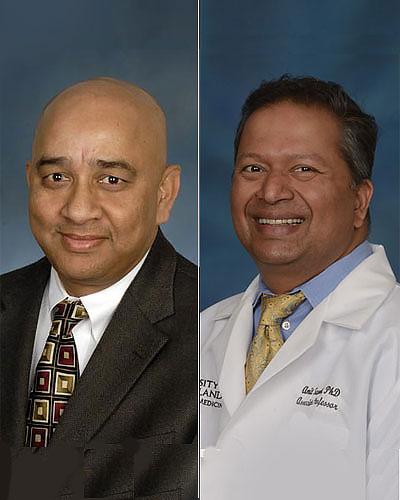
Friday, September 17, 2021
UM School of Medicine Researchers Awarded $3 Million National Cancer Institute Grant for Personalized Imaging to Improve Radiation Treatment
Researchers at the University of Maryland School of Medicine (UMSOM) have received more than $3 million in federal funding from the National Cancer Institute to conduct a study to develop a new precision-based medicine approach to treat lung cancer patients with radiation therapy. The R01 grant was awarded in July 2021 to Rao P. Gullapalli, PhD, MBA, Professor and Associate Vice Chair for Research in the Department of Diagnostic Radiology and Nuclear Medicine, and Amit Sawant, PhD, Professor and recently appointed Vice Chair for Medical Physics in the Department of Radiation Oncology. They will serve as co-principal investigators on the 5-year project, which involves an academic–industrial partnership with Robin Medical, Inc., based in Baltimore, MD.
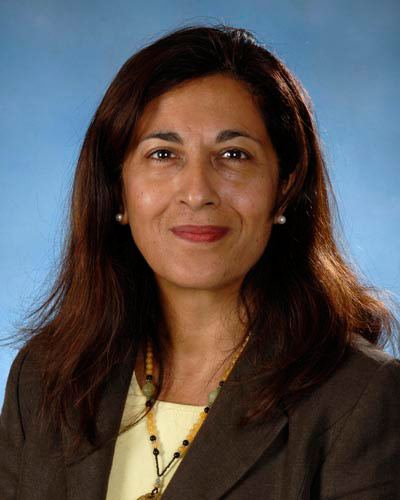
Friday, October 11, 2019
New Treatment Combination Could Work Against Broader Array of Cancer Cells, Study Finds
In continuing efforts to find novel ways to kill cancer cells, researchers at the University of Maryland School of Medicine (UMSOM) have identified a new pathway that leads to the destruction of cancer cells. The new finding, published this week in the journal PNAS, could pave the way for the broader use of a class of anticancer drugs already on the market. These drugs, known as PARP inhibitors, are currently approved by the FDA to treat only a limited group of breast and ovarian cancers associated with BRCA gene mutations.

Tuesday, February 19, 2019
Dr. Robert C. Miller, National Leader in Radiation Oncology, Named New Medical Director of Maryland Proton Treatment Center
William F. Regine, MD, FACR, FACRO, The Isadore and Fannie Schneider Foxman Chair and Professor of Radiation Oncology at the University of Maryland School of Medicine (UMSOM), along with UMSOM Dean E. Albert Reece, MD, PhD, MBA, announced today that Robert C. Miller, MD, MBA, FASTRO a nationally-recognized radiation oncologist who currently serves as Vice Chair in the Department of Radiation Oncology at the Mayo Clinic, has been named Professor in the UMSOM Department of Radiation Oncology and Medical Director of the Maryland Proton Treatment Center (MPTC). He will begin his new position in April 2019.
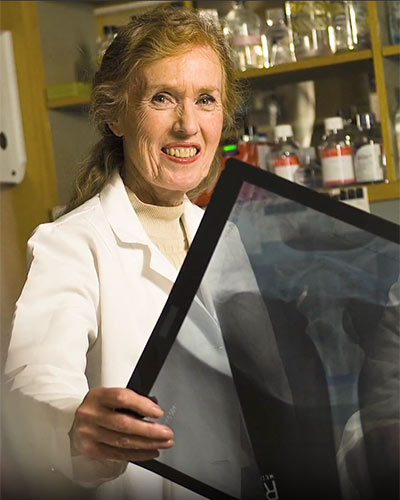
Monday, October 29, 2018
UMSOM Honors Breast Cancer Awareness Month, Our Research Continues Toward Combating this Disease
October is Breast Cancer Awareness Month, and researchers at the University of Maryland School of Medicine (UMSOM) continue in their work to help combat this disease that impacts more than 315,000 women in the U.S. each year.
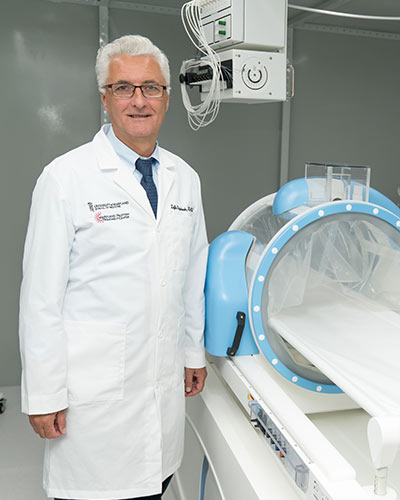
Monday, October 08, 2018
High-Precision Proton Therapy More Effective in Treating Certain Cancers When Combined with Thermal Therapy
The Maryland Proton Treatment Center (MPTC) is now offering deep-tissue external thermal therapy in combination with high-precision proton-beam radiotherapy as a potential way to boost survival chances for certain cancer patients. MPTC is the only center in the world to offer these two treatments at the same facility, an advantage to patients because these therapies are typically given within an hour of each other.
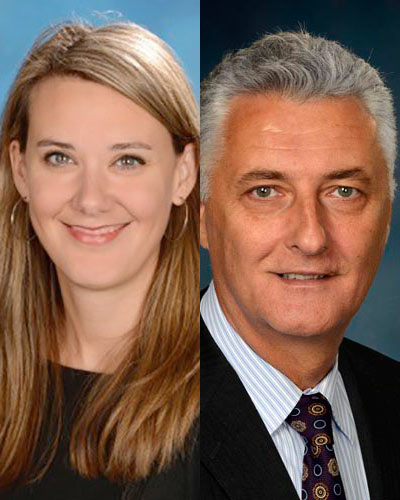
Monday, September 24, 2018
University of Maryland School of Medicine Researchers to Present Original Research at Key Radiation Conference
The University of Maryland School of Medicine (UMSOM) announced that the Division of Translational Radiation Science (DTRS) will participate in the annual meeting of the Radiation Research Society (RRS) on September 23-26, 2018, in Chicago.
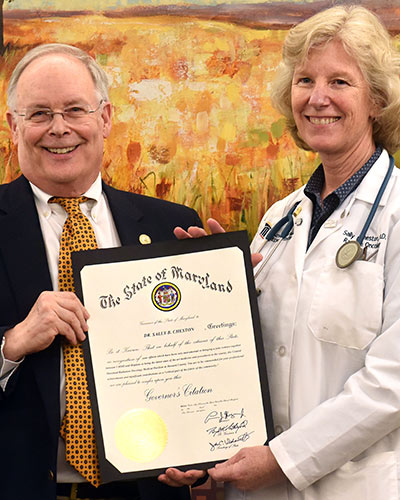
Monday, May 14, 2018
Gov. Larry Hogan Recognizes Achievements of Sally B. Cheston, MD, of Central Maryland Radiation Oncology Center
Maryland Gov. Larry Hogan today recognized Sally B. Cheston, MD, an assistant professor of radiation oncology at the University of Maryland School of Medicine (UMSOM), for her efforts to bring the “latest state-of-the-art medicine” to Howard County as a leader of the Central Maryland Radiation Oncology Center (CMRO).
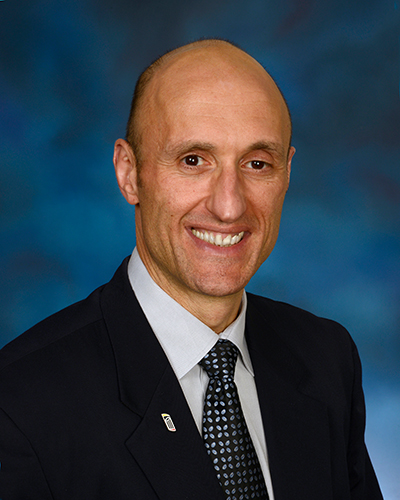
Friday, January 15, 2016
UM SOM to Participate in Expanded Medical Countermeasures Research Project
University of Maryland School of Medicine (UM SOM) Department of Radiation Oncology Chair and Professor William F. Regine, MD, FACR, FACRO, and UM SOM Dean E. Albert Reece, MD, PhD, MBA, announced today that researchers at the UM SOM have been selected as key contractors by the Biomedical Advanced Research and Development Authority (BARDA), for its Radiation Nuclear Animal Model Development program. BARDA is part of the Office of the Secretary for Preparedness and Response in the U.S. Department of Health and Human Services (DHHS).
